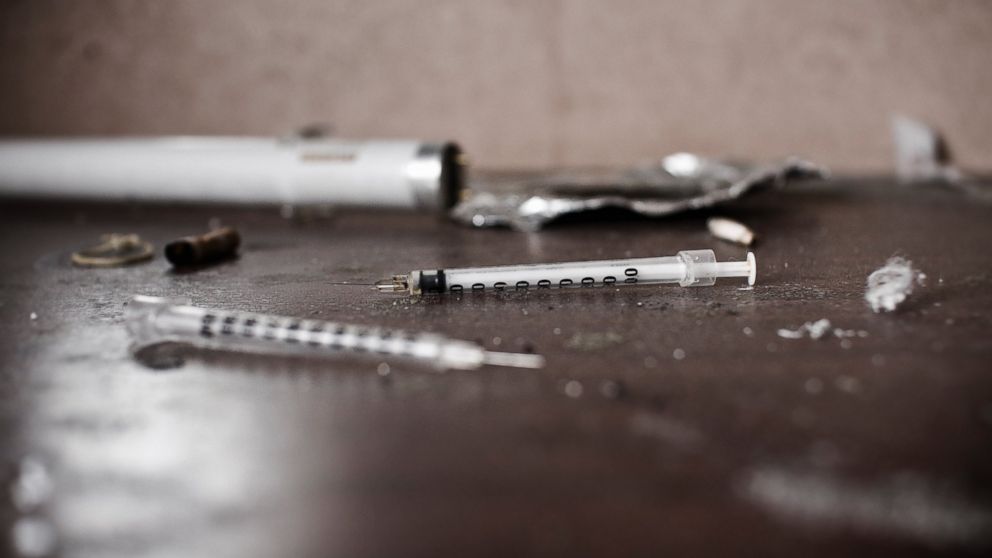Before Philip Seymour Hoffman's Death, Feds Saw 'Soaring' Heroin Addiction, Deaths
Official: Recent incidents "should open everyone's eyes" to heroin danger.

Feb. 3, 2014 — -- The death by apparent heroin overdose of famed actor Philip Seymour Hoffman is the latest incident in what federal officials have called a recent "explosion" in popularity of the deadly drug.
The 46-year-old Academy Award-winning actor was found Sunday in his Manhattan apartment with a needle sticking out of his arm, according to local police, and he's hardly the first in recent days.
"Heroin is exploding nationwide," a U.S. federal agent who supervises major heroin trafficking investigations told ABC News Monday. "It's making a huge comeback. People are dropping like flies."
Just days before Hoffman's death, reports emerged that as many as 22 people have been killed in Pennsylvania and another five in Nassau County New York by what appeared to be a "bad batch" of heroin laced with a powerful painkiller. Similarly laced drugs have been reportedly to blame for the deaths of least 37 people in Maryland since September.
Hoffman had some 65 bags of heroin in his apartment, as well as five other bags that were empty, when he died, local police told ABC News. As of this report an official cause of death has not been determined -- much less whether the heroin discovered in the apartment was potentially contaminated. Still, a federal law enforcement source said that it's "very possible" adulterated heroin was involved, "because we've seen it before."
The Drug Enforcement Administration said heroin overdoses are up 45 percent from 1999 to 2010 across the country. Seizures of the drug in New York alone have shot up 67 percent in the last four years.
Do you know anything about this story? Write in to the Investigative Unit Tip Line by CLICKING HERE.
Friday authorities in the New York City borough of the Bronx uncovered a heroin mill and seized some 33 pounds, or $8 million-worth, of the drug.
"A seizure of this size should open everyone's eyes to the magnitude of the heroin problem confronting us," Special Narcotics Prosecutor Bridget G. Brennan said then. "We've heard from public officials throughout the Northeast of soaring addiction within their own localities."
Last month Vermont Gov. Peter Shumlin said his state was in the midst of a "full blown" heroin and opiate crisis.
"The time has come for us to stop quietly averting our eyes from the growing heroin addiction in our front yards," Shumlin said, "while we fear and fight treatment facilities in our backyards."
The federal narcotics agent, who works undercover and spoke to ABC News on the condition of anonymity, said other synthetic opiates, such as OxyContin -- a potent and highly addictive painkiller -- have become less available and more expensive in the wake of successful anti-drug operations. A perhaps unintended effect of which, however, was that some drug users simply switched their poison of choice.
The agent said that the purity of heroin is virtually impossible to know when bought on the street and even daily users can overdose accidentally.
"Heroin could be 12 percent or 80 percent pure but there's no way to tell," the agent said.
"When you mess around with this stuff, you're playing Russian roulette. You don't know what it's been cut with or its purity," DEA spokesman Rusty Payne said.
But that hasn't stopped the deadly business from booming.
"Crooks normally trafficking cocaine and methamphetamine are running heroin now because so many people are addicted to the stuff," the undercover agent said.




